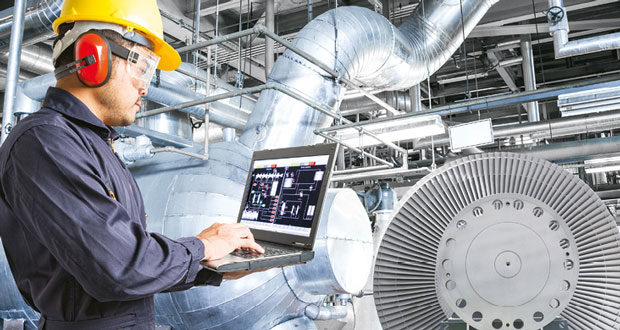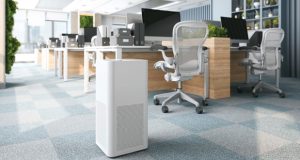Karl Cundill, Partner at LitmusFM, looks at how businesses can manage their energy performance, ensure environmental consistency and transform the way their facilities are managed, all through their Building Management System
Building Management Systems (BMS) have huge potential to not only keep your facilities running smoothly, but also enable them to leap frog into the future and become far more efficient, which is ever more important in the challenging current climate. However, this potential can only be realised if appropriate management of the BMS is in place, ensuring it is kept up-to-date and works in alignment with your facility as it develops.
However, getting the right individuals in place to manage the BMS can be a challenge due to a lack of skilled apprentices and qualified engineers available. The NHS provides a practical example of some of the issues; within the NHS, many of the in-house engineers taken on in the 80s and 90s are now approaching retirement age. As a result, these in-house roles are becoming free and are not being filled due to a hiatus of qualified engineers.
The option is to either bring in a freelance engineer or an external consultancy. However, as consultants tend to move onto other projects every 12-24 months, this can be viewed as a short-term fix. Therefore, investing in an in-house engineer – or even just a technician trained to be able to understand the BMS and to take ownership to ensure that appropriate support is always in place – is worth its weight in gold. It means you can rest assured that the BMS – that you spent time and money investing in – is being used to its full potential.
TECH INNOVATIONS
Equally, new tech innovations have also transformed the way BMS systems are managed. Remote controlled monitoring and remote maintenance are all common place and provide a solution to any lack of on-site expertise. Remote fix capabilities are a very attractive proposition when it comes to managing the system as a whole. It reduces the need for engineer visits, engineers can work from anywhere and still do their job in exactly the same way as if they were local, and it gives the opportunity for others members of the team to view the BMS performance at any time.
Remote controlled monitoring also comes into its own for larger scale businesses, which have multiple sites across the country or even globally. For the likes of major nationwide supermarkets, hotel groups or high street retailers it would have traditionally been down to the individual store manager to set building controls such as the air temperature or heating levels. Remote monitoring allows this to be managed centrally so a consistent level and standard can be easily achieved across all locations.
CONSTRUCTION AND DESIGN
A big element to also consider is around construction and design. Newer buildings that were built in the last 10-15 years will be BREEAM rated buildings (Building Research Establishment Environmental Assessment Method). This is a sustainability assessment method which guides and informs developers and architects to masterplan projects, infrastructure and buildings within the built environment.
Developers will install a BMS system in a BREEAM building, which in turn ticks a box and awards a number of credits. However, this then becomes futile if it is not managed correctly on an ongoing basis. Without a dedicated Facilities Management/Engineering presence, the BMS system will be far less effective and, over time as the building changes and is upgraded, it could even become completely outdated.
For example, if the layout of the internal walls has changed, or rooms have moved around, the graphics on the BMS also need to change so it remains a true reflection of the real, physical building. Equally, if a new system, such as air conditioning, is installed and the airflow within the building changes this also needs to be recognised on the BMS. Even relatively low-scale changes, such as the glass screens that were put up in pretty much all buildings when we were peak pandemic, would need to be updated on the system as these caused lots of issues with the balance of the internal climate, causing the temperature of an entire floor to be affected.
REDUCING EQUIPMENT FAILURES
This can also greatly reduce – or arguably, eliminate completely – equipment breakages. The BMS can monitor all assets, including kitchen equipment such as chillers or walk-in freezers, fire alarm systems, lighting and security alarms. It will flag if any assets are malfunctioning or running at a sub-standard performance level. Boiler systems can also be linked to the BMS – which means not only can the system itself be monitored but so can the energy performance, enabling a business to see if an alternative system may result in cost savings in the long term.
It can even act as a first line of defence to protect a businesses’ critical assets. For example, for environments within the medical field the temperature of a room could impact greatly on a medical research project which requires specific environmental conditions to thrive. Or indeed a server room, that if it overheats and malfunctions could have catastrophic results. The BMS can play a pivotal role in this, where alarms will be raised, which can then alert the engineers and it can be captured at the earliest possible point.





